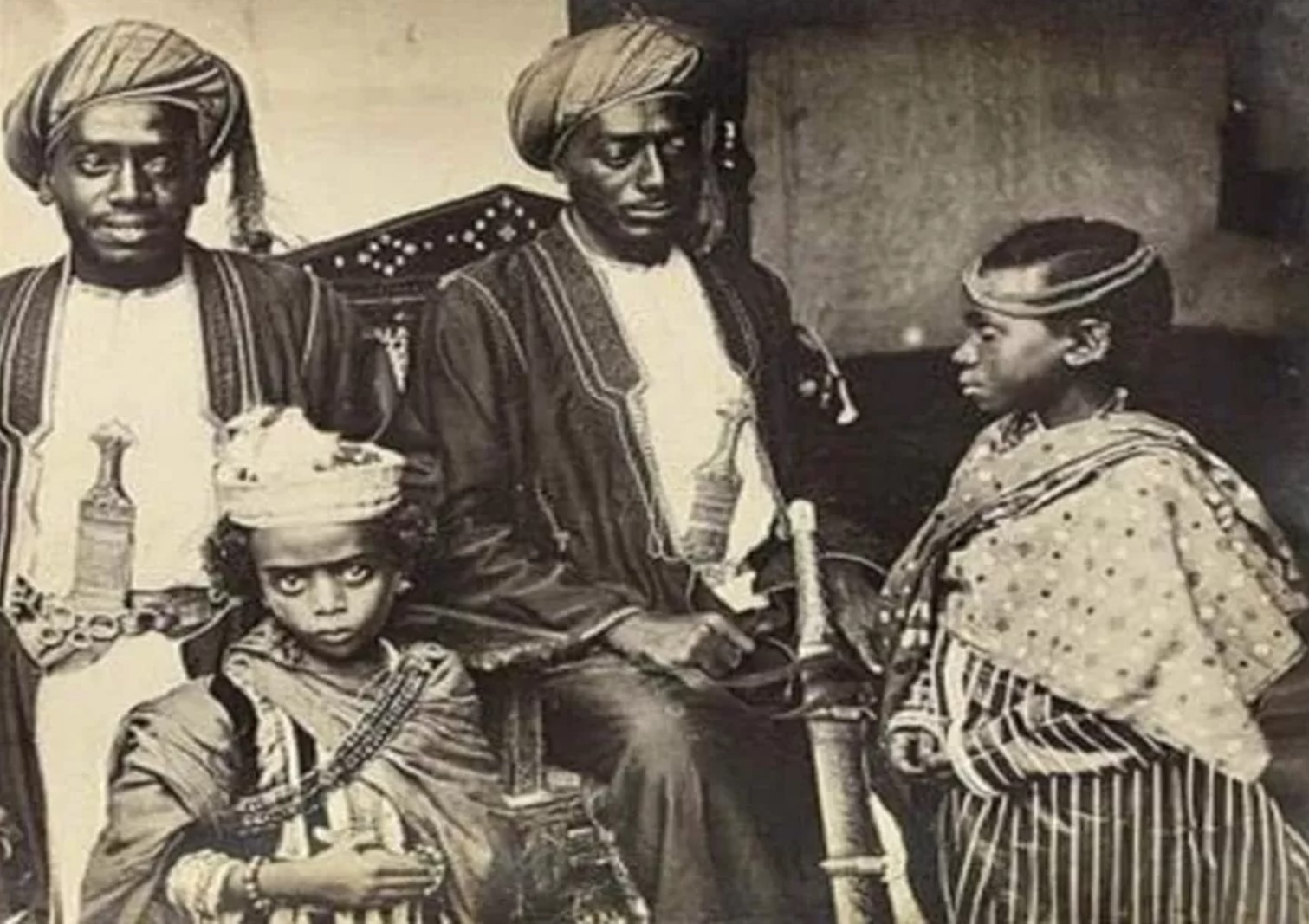Who Was Mum-Zi – The Youngest Grandmother in the World?
Mum-Zi was just eight years and four months old when she gave birth to a baby girl in 1884.
From Nigeria, on an island called Akwa Akpa, now known as the city of Calabar, Mum-Zi’s daughter followed her mother’s footsteps, becoming a mother at the age of eight years and eight months thus making Mum-zi the youngest Grandmother in the world…Click Here To Continue Reading>> …Click Here To Continue Reading>>
Over the years, it has not been uncommon to find young parents out there but what is perhaps unusual is to find young teens – as young as 17 – as grandparents.
In recent times, most people at that age are looking to complete their education or to graduate from high school. The thought of even becoming a parent is rare, thus, having grandchildren is often out of place.
But this was not the situation for Mum-Zi and her daughter, as well as, other young girls in the 19th Century.
According to Lyall Archibald’s 1936 book, The Future of Taboo in These Islands, Mum-Zi was a member of Chief Akkiri’s harem in Akwa Akpa (now Calabar), who would later be the father of her daughter.
Since the 16th Century, Calabar had been a busy international seaport, shipping out goods such as palm oil.
Historical accounts state that during the Atlantic slave trade, it became a major port in the transportation of African slaves, with most slave ships being owned by Bristol and Liverpool.
Some missionaries would later record the challenges of poor water supplies, malaria, and the presence of some tribes who were sometimes not too welcoming to evangelists and other slave traders.
What was common, however, was the fact that chiefs kept a harem of wives and slaves.
The harem is basically a female backyard or household largely reserved for princes and lords of this world.
This private space has traditionally served the purposes of maintaining the modesty, privilege, and protection of women. READ FULL STORY HERE>>>CLICK HERE TO CONTINUE READING>>>
In most parts of Africa and elsewhere, a harem, in terms of royal harems of the past, may house a man’s wives and concubines, as well as, their children, unmarried daughters, female domestic workers, and other unmarried female relatives.
Mum-Zi was one of the many women and girls who lived in a harem belonging to Chief Akkiri. After giving birth at 8 years and four months, with the chief being the father, her daughter would also become a mother exactly eight years later. She was reportedly impregnated by the same chief who happens to be her father.
She gave birth at an age slightly older than that of her mother’s, as she was 8 years plus 8 months. Nevertheless, this remains one of the shocking moments in history.
Ever since the 1700s, a number of cases have been highlighted to show how girls and women across the world suffer just because of their gender.
Among these forms of gender-based violence is child marriage, which denies children the right to be children and take away from them the opportunities for education and a better life. It also exposes them to risk of violence at the hands of their usually older and powerful husbands.
A recent report by Girls Not Brides revealed that globally, more than 700 million women alive today were married as children and 17 per cent of them, or 125 million, live in Africa.
It added that about 39 per cent of girls in sub-Saharan Africa are married before the age of 18 and all African countries face the challenge of child marriage.
According to the report, Niger has the highest number of child brides, with three out of four girls married before they are 18.
The Central African Republic follows. There, the legal minimum age for marriage is 18, however, girls can get married at 13 years if it is approved by a court and/or if the girl is pregnant.
In some cases, earlier marriage is allowed if a parent consents to it. At third place is Chad, which has a rate of 67 per cent.
Some of the drivers for child marriage in these countries are poverty, upholding social and religious traditions, as well as, conflict, which forces many parents to consent to child marriage as a way of protecting their girls from violence and sexual assault.




















